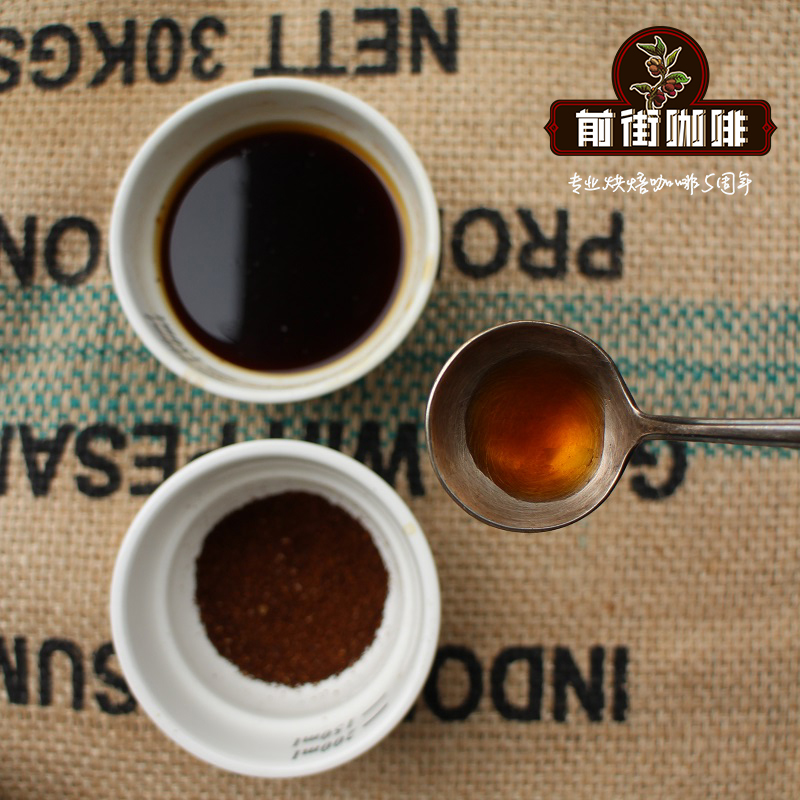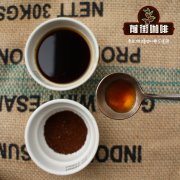A brief introduction to Yega Chevy Red Cherry Coffee which coffee beans are grown in Arabica

Professional coffee knowledge exchange more coffee bean information please follow the coffee workshop (Wechat official account cafe_style)
Brief introduction of Red Cherry and Arabica derived species from Qianjie-Yegashifi
The Red Cherry Project (Operation Cherry Red) is led by the Dutch company Trabocca, and half of the funding is sponsored by the Dutch government. Since 2005, it has worked with many small coffee cooperatives to encourage and assist producers to do their best to improve the quality of coffee by improving washing, semi-washing, tanning or other experimental treatments. Every time before the harvest season, Trabocca invites selected smallholder organizations / producers to participate in the production of micro-batches of coffee (about 1500 to 3000 kg), carefully picking 100% ripe red coffee cherries by hand (hence the Red Cherry Project).
Trabocca provides financial, equipment and technical resources to assist farmers and promises to buy them at a good price as long as the quality of the actual output meets high standards. Therefore, the Red Cherry Project is not only a commercial activity in line with the Fair Trade regulations, but also a production activity for producing high-quality coffee, but also an industrial structure reform activity to simultaneously enhance the interests of farmers and consumers. Yejia Xuefei is actually constructed by the surrounding coffee communities or cooperatives, all of which adopt the method of washing, but there are also a small number of excellent beans engraved in the sun to enhance the charming fruit aroma and mellow thickness.
After the discovery of the highest quality Fog Valley sun-dried beans in the United States in 2008, he is a miniature manor that has cultivated a craft-grade work, which makes up for the lack of aroma of Yegashev water, and develops coffee beans with amazing aroma. And get the certification of the Red Cherry Project. Isopia coffee is classified as G1 and G2, while G _ 1 and G _ 2 belong to the highest grade of washed beans, while G3 and G4 belong to the highest level of sun beans.
Arabica tree, the oldest variety, Typica, and the other is called bourbon.
Iron pickup\ Tibika
Flavor introduction: mild and insipid flavor, with high alcohol thickness, pure and soft, dark chocolate rhyme, overall balance.
Representative country / Origin: blue Mountains, Jamaica, Papua New Guinea
Pay careful attention to the fact that the blue mountain iron pickup is warped at both ends, the characteristics of the iron pickup are more obvious, and the flavor is more pure. Blue mountain should be the most classic kind of tin card, and many commercial improved species are derived from this at present, because the blue mountain iron card is planted by the tin card mother plant cultivated in the greenhouse of the botanical garden in Amsterdam.
Manning-Tibica
Flavor introduction: general Mantenin, full-bodied, dark chocolate, cocoa, with soil, pine, mountain wood or traditional Chinese medicine flavor, with chocolate flavor, mellow, shallow baking with a hint of tropical fruit.
Representative country / Origin: Sumatra, Indonesia
Bourbon
Flavor introduction: fruity, rich and varied sweetness, nut and cocoa flavor, good flavor.
Representative country / Origin: Brazil, Rwanda, Tanzania, Burundi
Tell me briefly what bourbon is. Bourbon coffee was originally grown on the island of Reunion, which was also known as le Bourbon before 1789. Bourbon species, is the second species of Typica mutation, belongs to the oldest existing coffee varieties, bourbon family raw beans, more round and smaller currently known bourbon varieties: red bourbon and yellow bourbon, bourbon coffee has more and more abundant varieties, such as Kaddura, Pacas, pointed bourbon and so on.
Knowledge expansion: "acid" is similar to astringent, similar to red wine, there is the so-called "sweet is easy, good acid is rare". However, when the coffee temperature decreases, the "acidity" will increase accordingly.
In short: Qianjie is a coffee research hall, happy to share the knowledge about coffee with you, we share unreservedly just to make more friends fall in love with coffee, and there will be three low-discount coffee activities every month. The reason is that Qianjie wants to make more friends drink the best coffee at the lowest price, which has been Qianjie's tenet for 6 years!
END
Important Notice :
前街咖啡 FrontStreet Coffee has moved to new addredd:
FrontStreet Coffee Address: 315,Donghua East Road,GuangZhou
Tel:020 38364473
- Prev

What's the taste of Yega Snow Coffee? is Arabica coffee bean refreshing?
Professional coffee knowledge exchange more coffee bean information please follow the coffee workshop (Wechat official account cafe_style) in front of the street-Yega Sheffield Coffee, Arabica Coffee efficacy brief introduction the so-called Yega Sheffei flavor refers to the rich aroma of jasmine, lemon, peach, almond sweetness and tea, coffee entrance, flowers in full bloom! Just like a flower touches the comfort of taste buds and olfactory cells in the nasal cavity. Except
- Next

Yega Sheffield grades are mainly defective beans. Is Arabica coffee beans expensive?
Professional coffee knowledge exchange more coffee bean information please follow the coffee workshop (Wechat official account cafe_style) Front Street-Yega Xuefei grading introduction Ethiopia Mercantile Exchange (ECX-Ethiopia Commodity Exchange) is an agricultural market where buyers and sellers come together to trade to ensure quality, delivery and payment. ECX's vision is to become
Related
- Beginners will see the "Coffee pull flower" guide!
- What is the difference between ice blog purified milk and ordinary milk coffee?
- Why is the Philippines the largest producer of crops in Liberia?
- For coffee extraction, should the fine powder be retained?
- How does extracted espresso fill pressed powder? How much strength does it take to press the powder?
- How to make jasmine cold extract coffee? Is the jasmine + latte good?
- Will this little toy really make the coffee taste better? How does Lily Drip affect coffee extraction?
- Will the action of slapping the filter cup also affect coffee extraction?
- What's the difference between powder-to-water ratio and powder-to-liquid ratio?
- What is the Ethiopian local species? What does it have to do with Heirloom native species?

